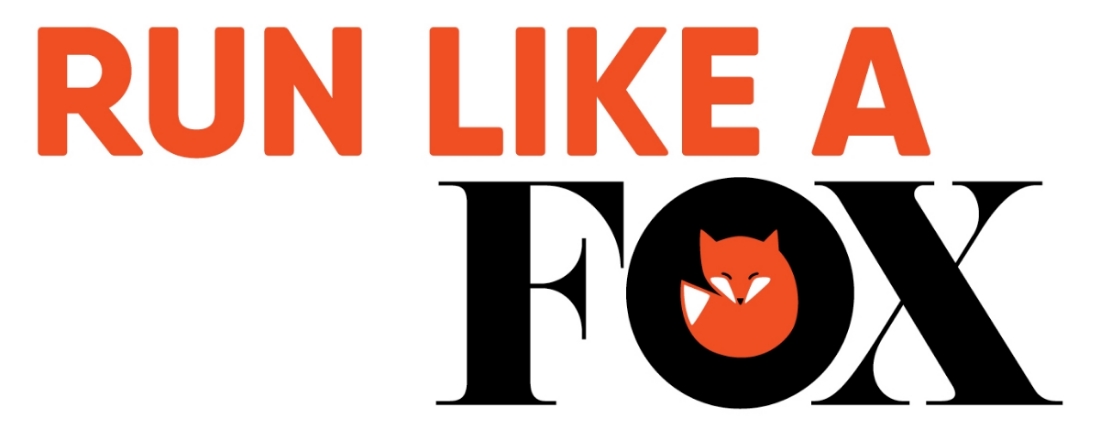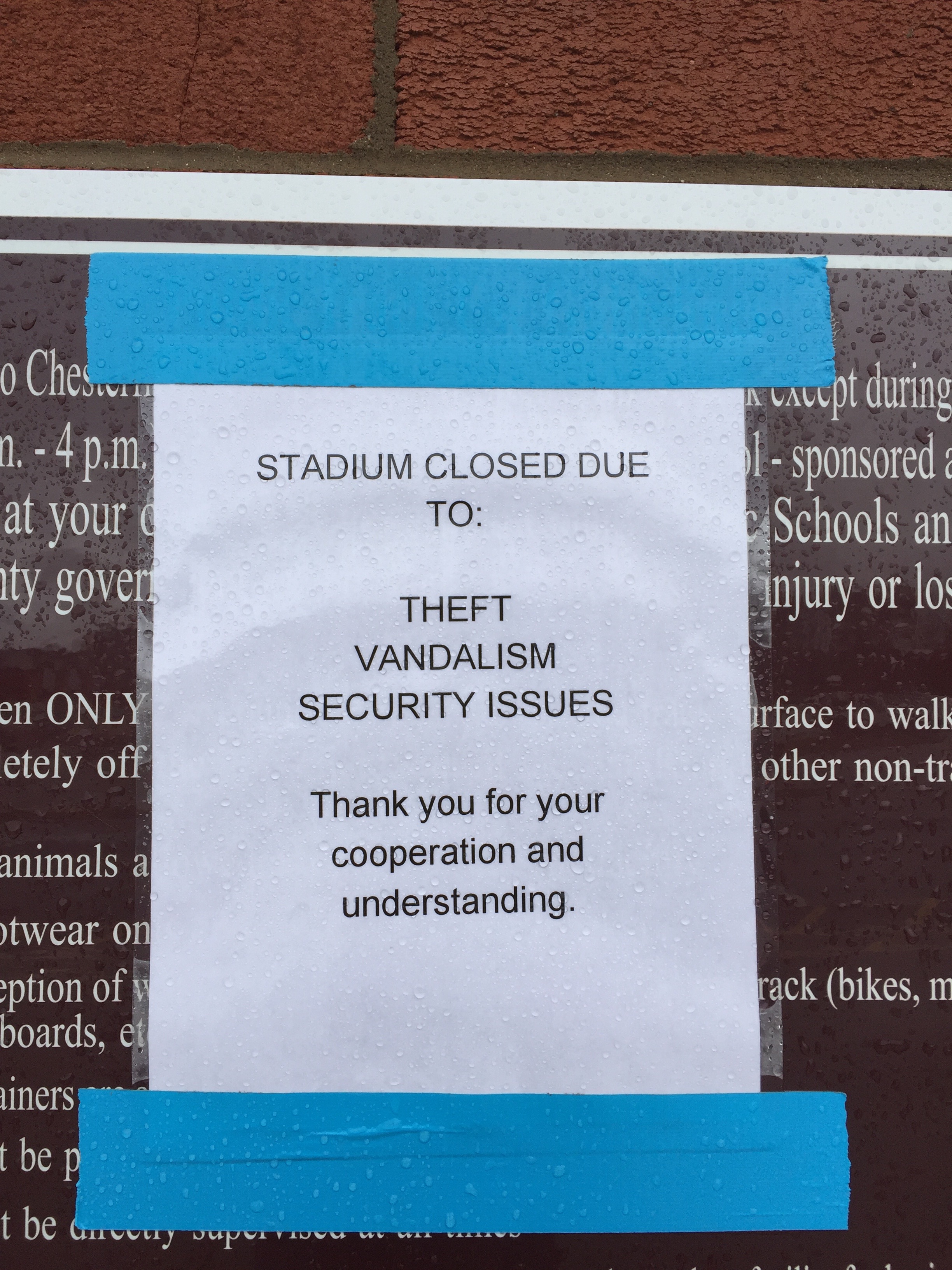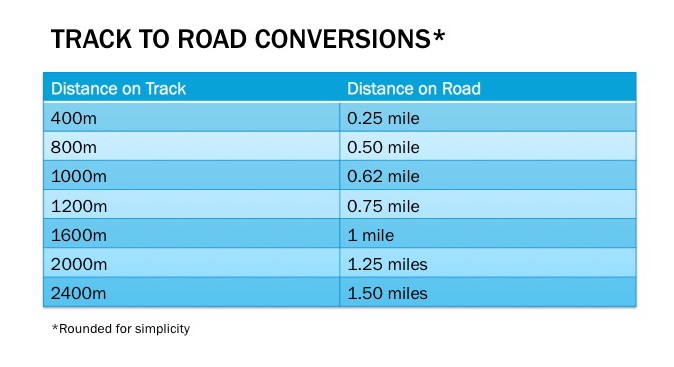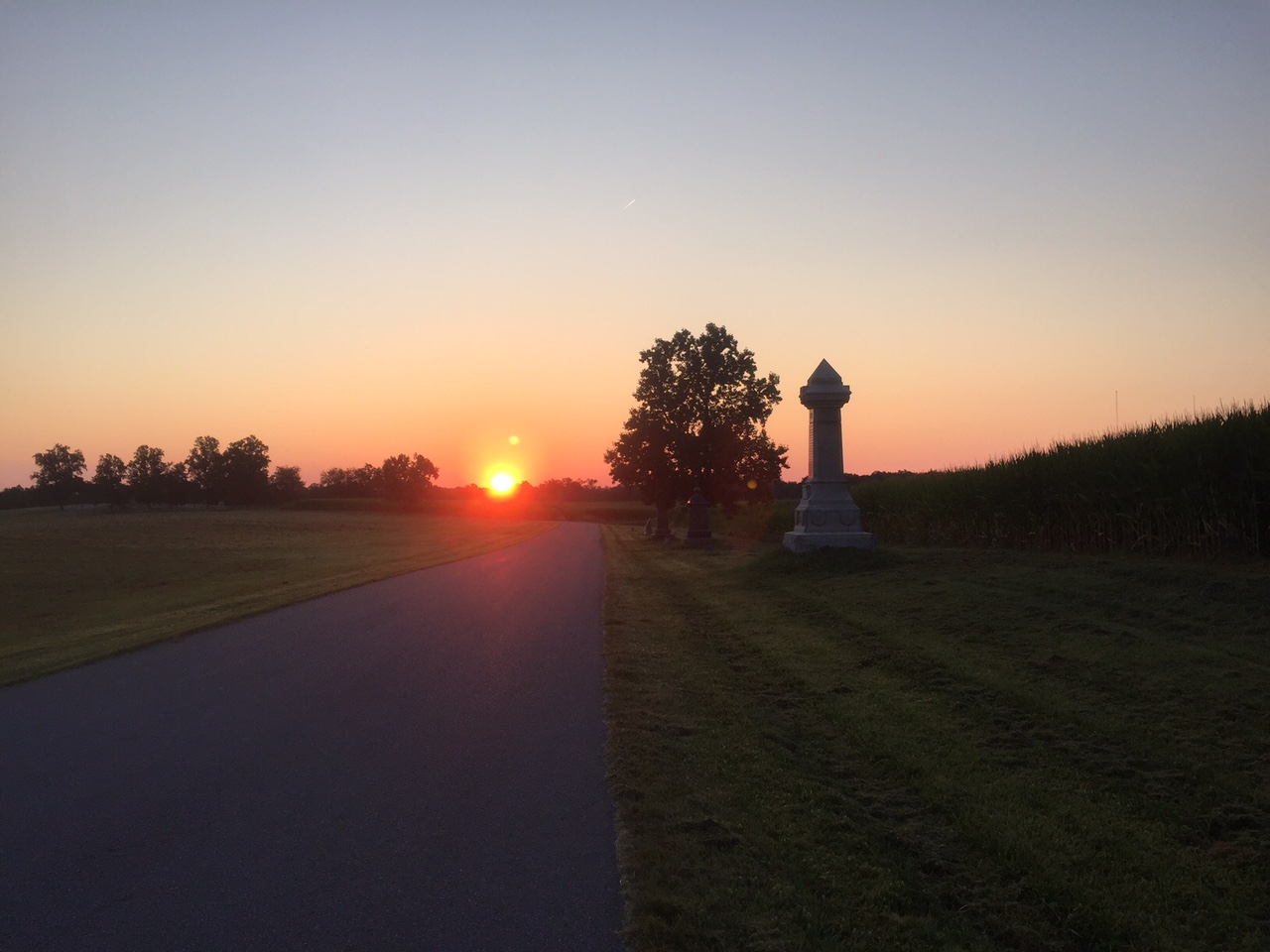Running in the time of COVID
/This has been an all-too-familiar notice over the past 9 months
As a coach, 2020 has been completely nuts. In the spring racing season, only two of my athletes were able to get in their races before the world ground to a halt due to the pandemic. For the rest of my roster, it’s been quite a rollercoaster as races were cancelled, schedules adjusted, and new races targeted – only to have THOSE races cancelled a few months later. The texts and calls I received were filled with questions – Coach, will we race in the fall? Should I take time off even though I didn’t race? Should I continue with a schedule or just run on my own? With the introduction of so much uncertainty, many of my athletes were left wondering: now what?
What does good coaching and good running look like in a pandemic? For many people around the country, it became a time to let go of a routine and be happy there was a legitimate excuse to skip the gym. But runners are a different breed, and for many of us, there’s nothing we love more than the discipline and structure of a good training plan. With no races to target, no one would have blamed my athletes if they opted to forgo an “official” plan and just run when they wanted. However, we recognized that the obstacle of this pandemic actually presented us with a fascinating set of opportunities.
We can take this time to recover
For some of my athletes, their body has not gotten a lengthy “off season” in a while. Sure, they’d take the required time off after each marathon or race at my insistence, but they had not had an extended (4+ weeks) period of time where they were running less (or not at all) and when they chose. While not getting to race and having to segue directly into recovery was a challenge, it ultimately became a blessing as their bodies had enough time to repair and recover FULLY before re-entering training. After a period of time (different for each athlete), they gradually returned to building some base mileage – feeling physically and mentally rejuvenated.
We can attack our weaknesses
For many of us, it becomes impossible to work on weaknesses within a heavy training cycle. Trying to fit in extra yoga classes, strength training sessions, or accessory work to improve our form inevitably gets shoved to the side as the demands of work, home, and our normal weekly mileage start to add up. With races suddenly erased from our calendar, the sense of urgency lessens and our schedule opens up. Suddenly we can fit in that extra 20 minutes of strength training at home since our mileage is lower and we aren’t commuting to work. Or we can attend that hour-long online yoga class since we don’t have those after-work activities. While the COVID restrictions may feel a bit, well, restrictive, they also open up pockets of time that we can use to make ourselves better runners. The non-sexy work of strength training and mobility goes a long way towards allowing us to stay injury-free as we return to training.
We can build some speed
With the absence of a race on the calendar, some might argue that there’s no need to do any speed work. But this lack of races actually makes for a perfect opportunity to build some speed in the legs. Having a season of shorter distance training and track work will improve running form and efficiency with faster turnover and increased power. This translates to faster times at not only the shorter (5K, 10K distances) but the adaptations built during a season of speed makes it easier for a runner to maintain a faster pace over longer distances as well, such as when they return to racing marathons. This technique of taking a season away from marathoning to return to the track is employed by many of the elite marathoners today.
We can determine what we LOVE
Perhaps your running has been feeling a bit flat and uninspired for a few months, a year, or even longer. Sub-par race times, a lack of motivation, or just a “blah” feeling every time you’d force yourself to lace up your shoes for a run. While 2020 has thrown a wrench in everyone’s running plans, it’s actually a great time to reevaluate your relationship with running and decide what you want the future to hold. Does taking time during this pandemic make you miss training? Are you craving the feeling of lining up on a starting line, ready to give the race everything you have? Do you miss having that daily run schedule and routine?
OR….are you enjoying the non-competitive part of running in the pandemic – with no races or competitions in sight, just running as you feel? Do you like the unstructured days, and the solo time alone in the absence of group runs?
This forced shake up of our running world is a perfect opportunity to really sit and examine what it is you love about running, and what really lights you up and gives you motivation. That’s different for all of us, and it’s something that can change from year to year. But it’s a great use of this time in the pandemic to determine what you LOVE about running and how you can get more of THAT in your life. Really miss a training schedule and the satistfaction of checking a daily run or workout off a list? Hire a coach to create a schedule for you (I can help you with that!). Miss racing and group runs? Look into some virtual options to help bring some of that competitive fire back to your training. Working with a coach can help you structure your training around the things that fire you up and will naturally motivate you – bringing joy and a sense of purpose to your training.
As we approach the end of 2020 and start to eye goals for 2021, I’d be honored to help you make the most of the remaining time in quarantine. As much as it stinks to be in lockdown, there are no “bonus days” that we’ll get back for having survived this time during COVID-19. The time will pass anyway – whether we use it to improve, or we spend it being miserable. Within this forced downtime is the opportunity to become a better runner. It’s up to you - how will you use this time?












